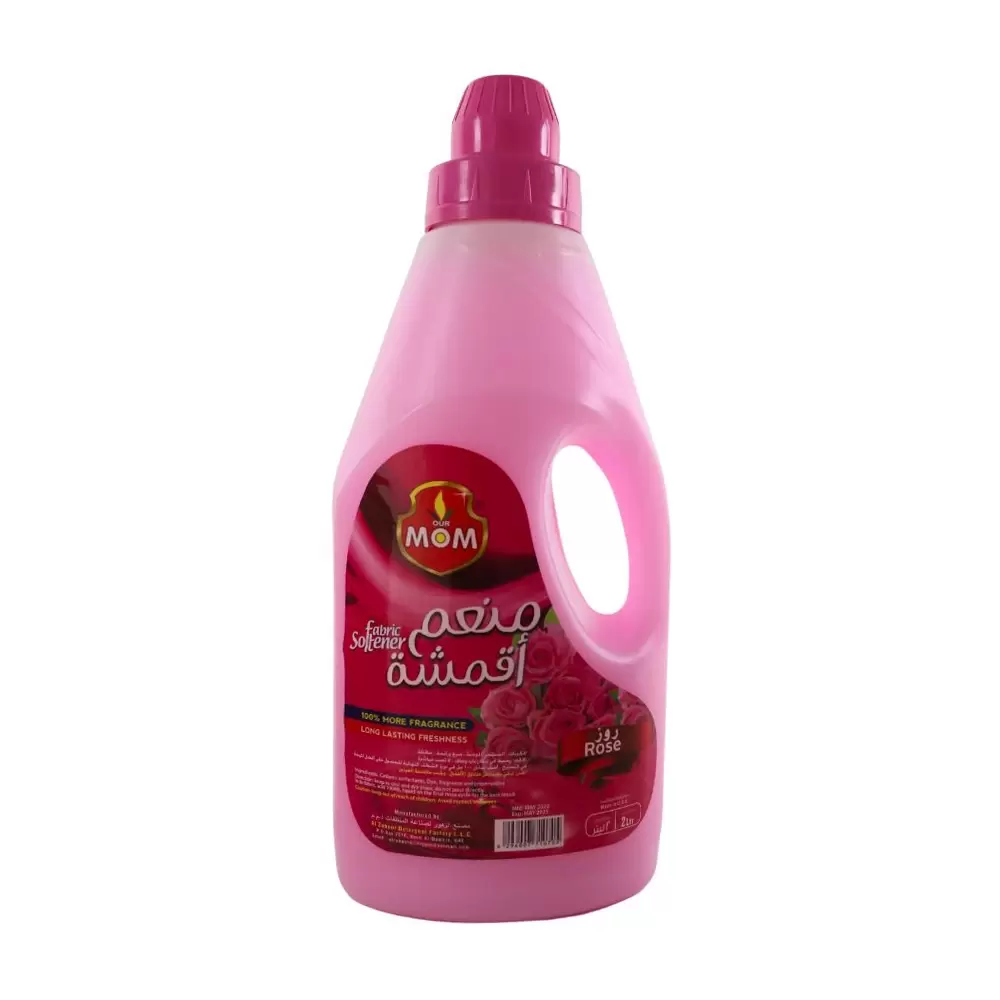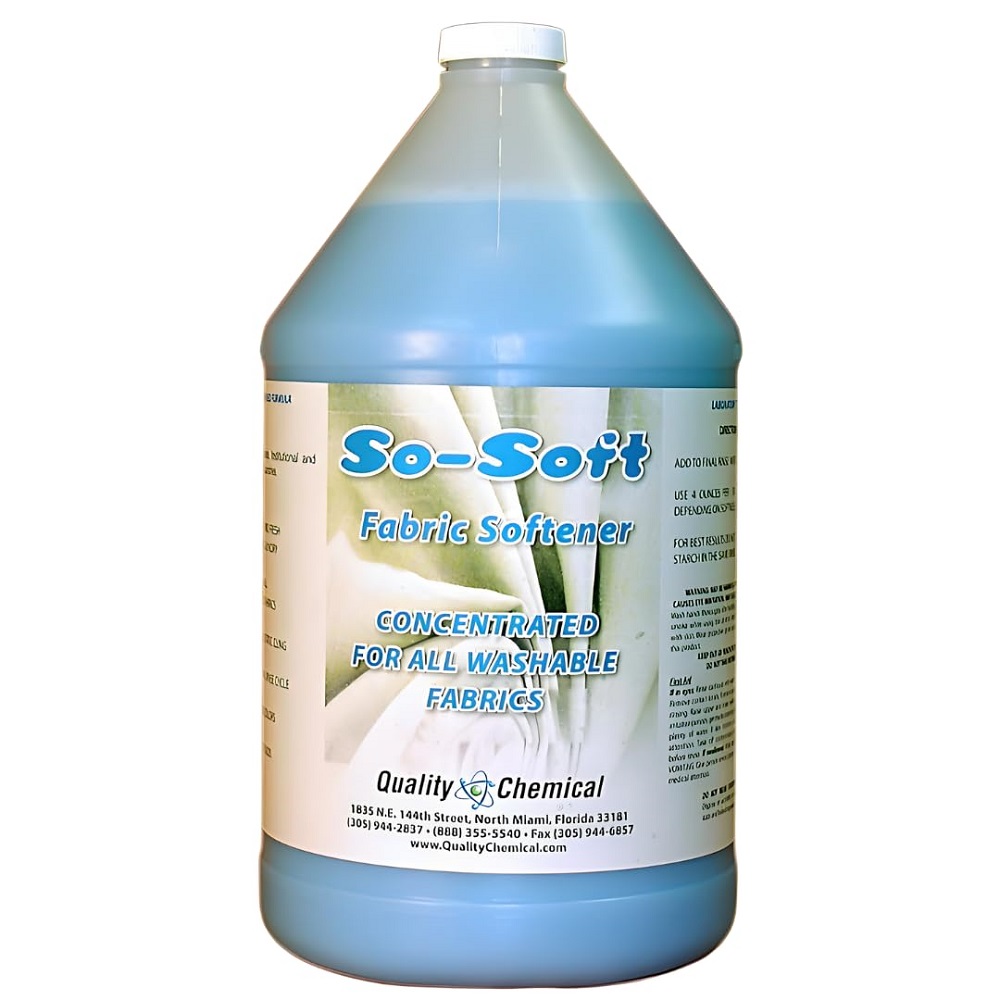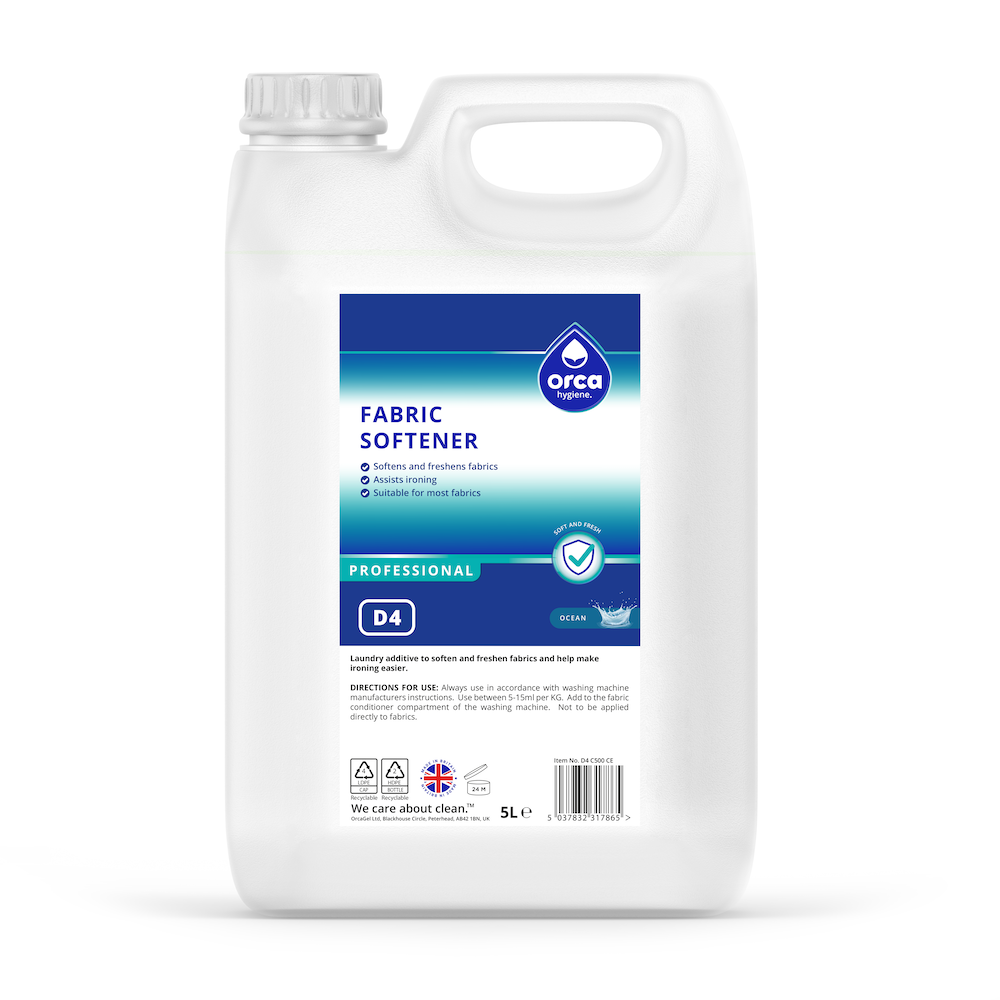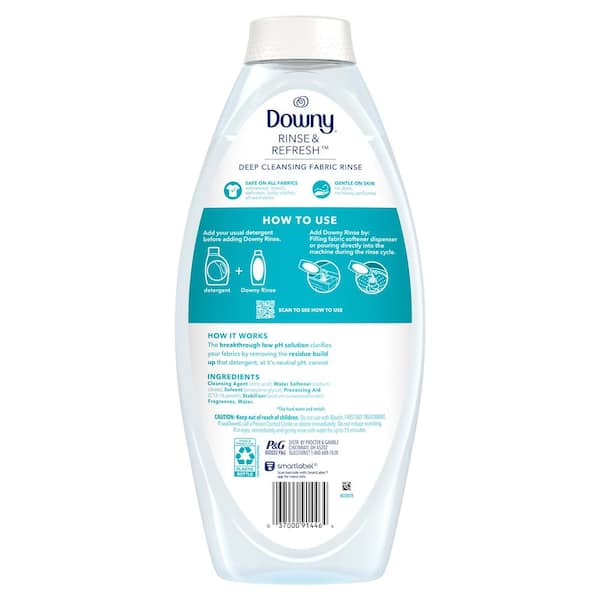Introduction
Fabric softener is a great addition to your laundry routine. It makes your clothes feel soft and smell good. But know when to add it matters. Adding fabric softeners at the wrong time can lead to less effective results. When to Add Fabric Softener? This guide will help you understand the best times to add fabric softeners.
Understanding Fabric Softener: What It Does
What is Fabric Softener?
Fabric softener is a product designed to soften fabrics and reduce static during the drying process. It works by coating the fibers in your clothes. This coating makes your items feel softer to the touch. It also helps to decrease friction between fabrics. The result is fewer wrinkles and static cling.
Fabric softeners come in liquid form or as dryer sheets. Liquid softeners can be added during the wash cycle, while dryer sheets go in with your clothes in the dryer. Each type has its own advantages.
Benefits of Using Fabric Softeners
Using fabric softener offers several benefits. First, it helps make clothes softer. This is especially important for items like towels and bed linens, where softness adds comfort. Second, fabric softeners can help reduce static cling, which can be a nuisance. Imagine pulling clothes out of the dryer only to find them sticking to each other!
In addition to softness and static control, fabric softeners can also impart a soothing fragrance to your laundry. This fresh scent can last days or even weeks after washing, enhancing your overall laundry experience.
However, it’s essential to use fabric softeners correctly to maximize these benefits.
When to Add Fabric Softener in the Washing Machine
Timing Matters: Where in the Cycle to Add
Adding fabric softener at the right time is crucial. Most washing machines have a designated compartment for fabric softeners. You can find this compartment usually in the detergent drawer.
To use it correctly, add the fabric softeners just before the rinse cycle begins. This timing allows the softener to be evenly distributed throughout the laundry. If you add it too early, it might wash away with the detergent, reducing its effectiveness. If you add it too late, the softener will not blend well with the fabric fibers.
Front-Load vs. Top-Load Washers
The type of washing machine you have also influences when to add fabric softeners. For front-load washers, most have a specific compartment for fabric softener. Make sure to follow the manufacturer’s instructions.
In a top-load washer, you can pour the fabric softeners into the tub during the rinse cycle. If you forget and add it during the wash cycle, the results may not be ideal.
Measuring Fabric Softener
It’s important to measure the fabric softener accurately. Using too much can lead to build-up on fabrics, which isn’t ideal. Most manufacturers provide instructions on the bottle. Usually, it’s about a capful per load, but this can vary depending on the size of your load and the softness you want. Too much softener can make clothes feel greasy or waxy.
Using Dryer Sheets
When to Use Dryer Sheets
Dryer sheets are another option for adding fabric softeners. They are convenient and easy to use. Simply toss a dryer sheet into the dryer before turning it on.
You should add dryer sheets with the load of clothes you’re drying. If you add them too soon, they may clump together. This prevents them from working well.
Benefits of Dryer Sheets
Dryer sheets have specific benefits. They not only soften clothes but also help reduce static cling actively. In some cases, they can help with wrinkles, too.
Many people enjoy the instant convenience of dryer sheets. They save time and make the laundry process even easier. Unlike liquid softener, you don’t have to measure anything.
Special Considerations
Sensitive Skin
Some people have sensitive skin and may need to be careful with fabric softeners. While softeners can improve fabric feel, they often contain added fragrances and chemicals. These can irritate sensitive skin.
If you or someone in your household has sensitive skin, consider hypoallergenic fabric softeners. They are designed to be gentler on skin without harsh chemicals.
Types of Fabrics
Certain fabrics do not work well with fabric softener. For example, athletic wear or microfiber towels usually perform better without any softener. The softener can create a barrier, reducing moisture-wicking properties. Always check the care label on your items.
Reducing Build-Up
Over time, too much fabric softener can cause build-up in your washing machine. This build-up can transfer to your clothes. Occasionally cleaning your washing machine can help remove any residue. Run a cycle with vinegar or a washing machine cleaner to maintain your appliance.
Conclusion: Making the Most of Fabric Softener
Understanding when to add fabric softener is vital for effective laundry care. Use it at the right time for the best results. Whether you use liquid softener or dryer sheets, knowing the timing matters.
Remember to measure correctly and be aware of fabric types. Ultimately, fabric softener can enhance your laundry experience, making clothes softer and fresher. Follow these simple guidelines to get the most out of your fabric softener and enjoy the benefits of fresh, soft clothes.
A Note on Common Mistakes
Overusing Fabric Softener
Many people think that using more fabric softener will make their clothes even softer. This is a common mistake. Adding too much can lead to a greasy residue on fabrics. This can make items feel sticky instead of soft.
Adding Too Late or Too Early
As mentioned earlier, timing is crucial. Adding fabric softener too early washes it away. Adding it too late doesn’t mix well. Either way, you won’t get the softness you want.
Ignoring Care Labels
Always check the care labels on your clothing. Some materials don’t work well with fabric softeners. Ignoring these instructions can ruin fabrics.
Best Practices for Long-Lasting Freshness
Store Fabric Softener Properly
To maintain freshness, store your fabric softener in a cool, dry place. Keep the cap tightly closed to prevent evaporation.
Shake Before Use
Sometimes, the ingredients can settle over time. Give your fabric softener a gentle shake before you use it. This ensures that all ingredients mix well for maximum effectiveness.
Pairing With Detergent
Don’t forget to pair fabric softeners with the right detergent. Use a quality detergent as your base. Together, they can make your laundry experience much more pleasant.
By following these tips, you can ensure that you get the best performance from your fabric softener. Enjoy soft, fresher-smelling clothes every time you do your laundry!
The Impact of Fabric Softener on the Environment
Eco-Friendly Options
Many people are concerned about how fabric softeners impact the environment. Traditional softeners can have harmful chemicals that may not be eco-friendly. Thankfully, several brands now offer eco-friendly options. Look for fabric softeners made from natural ingredients. These options effectively soften clothes without harming the environment.
Reducing Waste
Another way to make your laundry routine more eco-friendly is to limit waste. Instead of buying new plastic bottles of fabric softener, consider using concentrated formulas. They often use less packaging and are easier to store.
DIY Fabric Softener Alternatives
If you want to be even more environmentally conscious, you can make your own fabric softeners at home. Mix vinegar with water for a natural softening effect. This solution helps reduce static and makes fabrics feel softer.
Showcasing Freshness with a Scent
Choosing the Right Fragrance
Fabric softeners come in various fragrances. Many people enjoy floral or fresh scents, while others may prefer something more neutral. When choosing a fabric softener, think about your personal preferences.
Layering Fragrances
If you love a particular scent, layer it with other laundry products. For example, use a matching detergent for added fragrance. This can create a pleasant scent that lasts even longer.
Seasonal Scents
You might also want to switch up your fabric softener based on the seasons. Light, fresh scents work well in spring and summer. For fall and winter, you might enjoy warmer fragrances like apple or cinnamon. Consider experimenting with scents to match the mood or theme of the season.
By understanding when and how to add fabric softeners, you can elevate your laundry routine. The goal is to achieve that soft, fresh, and clean feeling that makes wearing your clothes enjoyable.



